The earliest evidence of humans living in what is now the United Kingdom dates back to the Last Glacial Period. From this point to medieval times, a succession of cultures arrived, including the Romans, Saxons, and Normans.
Each new arrival brought a different way of living, all of which contributed to the sheer diversity of historical and archaeological sites spread around the country today.
And this rich cultural history is why Far Horizons provides numerous archaeology tours in the UK, from Wales and England Roman tours to tours of England’s churches, abbeys, and cathedrals.
If you have any questions about specific tours, please feel free to get in touch.
In the meantime, though, we focus on some of the best sites you can visit on an archaeology tour of the UK.
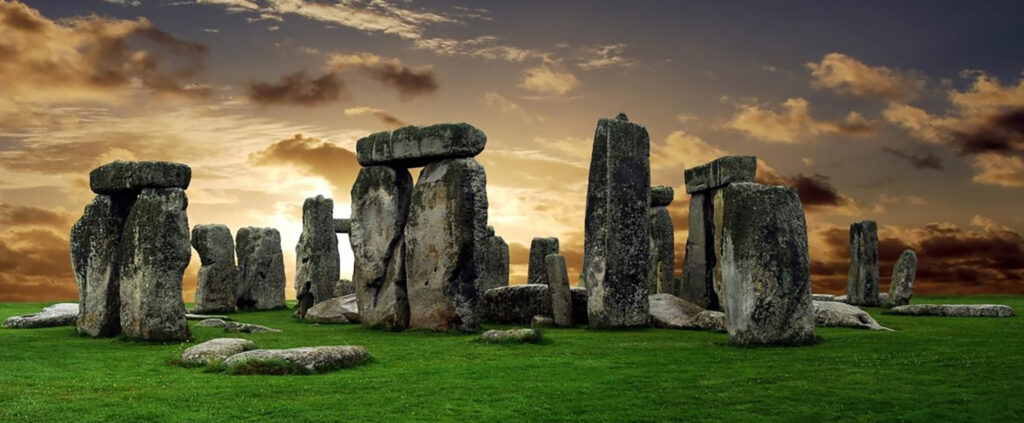
Feel the Mystical Ambiance at Stonehenge!
Let’s start with one of the most famous prehistoric structures in the world, let alone the UK: Stonehenge.
The construction of this monument took place between 3000 BC and 2000 BC. The outer ring consists of vertical sarsen stones topped with horizontal lintel stones. The stones standing upright are 13 feet (4 meters) tall, 7 feet (2.1 meters) wide, and weigh in at around 25 tons!
One of the many incredible things about Stonehenge is that it’s still revealing its secrets. Among the most recent discoveries is the origin of the mysterious bluestones that form the inner ring.
These were transported from a quarry hundreds of miles away in the Welsh Preseli Hills. What’s more, they initially stood in another stone circle that predates Stonehenge. They were likely moved over land to what would have been a developing site on the Salisbury Plains.
And we haven’t even mentioned the alignment with the summer solstice’s sunrise and the winter solstice’s sunset yet!
It really is impossible to convey how much history and atmosphere there is to soak up at Stonehenge in such little time.
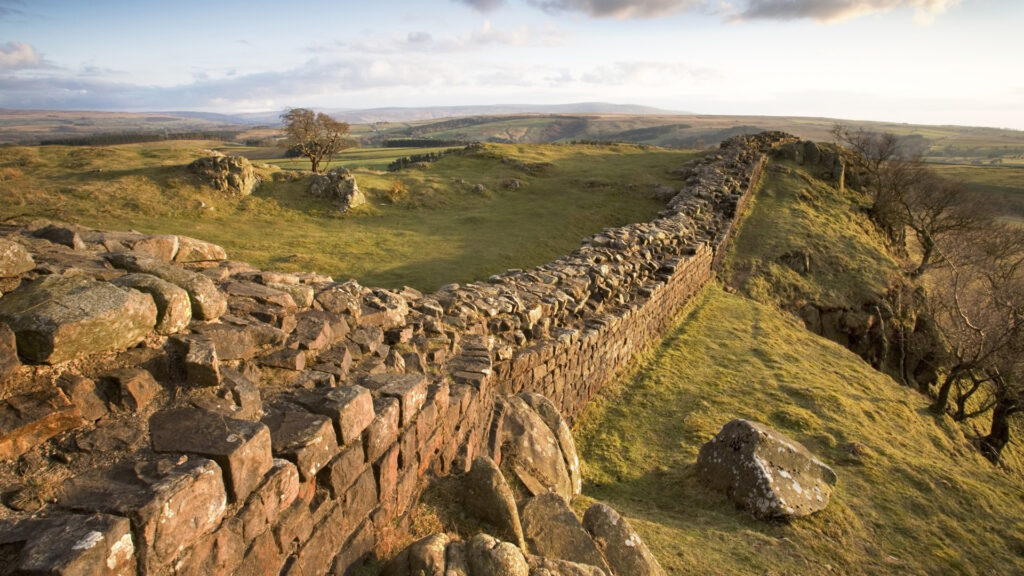
Follow in Roman Footsteps at Hadrian’s Wall
Following a visit to the Roman Empire’s wild northwestern frontier in 122 AD, Emperor Hadrian ordered the building of a wall. The eponymous Hadrian’s Wall extended for 73 miles from the west coast to the east, offering protection against the unconquered Caledonia to the north.
But Hadrian’s Wall was far from just a barricade. It was home to barracks, mile-castles, ramparts, settlements, and forts. In addition to its defensive role, the wall’s gates may also have been customs posts.
The wild beauty of the Northumbrian and Cumbrian landscape surrounding Hadrian’s Wall is a testament to the vision and outstanding engineering skills behind its construction.
Hadrian’s Wall is a key feature on our popular archaeological pub crawl of England.
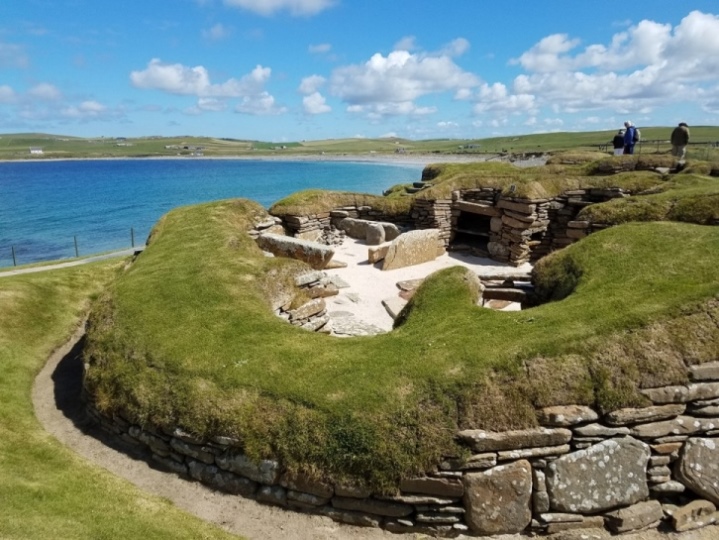
Explore the Orkney Islands with an Educational Tour of Scotland
Sitting off the north coast of Scotland in the wild waters of the North Sea, you may not think that the Orkney Islands have much to offer when it comes to archaeological gems. But you’d be very much mistaken!
The Heart of Neolithic Orkney is a set of four UNESCO World Heritage sites considered to be among the finest in Europe.
The settlement of Skara Brae is older than Stonehenge and the Egyptian pyramids. Some have dubbed it the Scottish Pompeii because of its pristine state.
Skara Brae dates back around 5,000 years and was discovered only after a harsh storm stripped back grass covering a mound. This event exposed ruins that had laid hidden for millennia.
This prehistoric, stone-built settlement revealed the finer points of daily life in Neolithic times. Skara Brae is so well-preserved that visitors can see ancient homes complete with seats, dressers, and stone bed enclosures.
The other Neolithic monuments on Orkney include Maes Howe (a large chambered tomb), the Stones of Stenness, and the Ring of Brodgar. The latter two are separate ceremonial stone circles.
These discoveries in the Orkney Islands are among the many riches of Scotland’s Highlands and Lowlands.
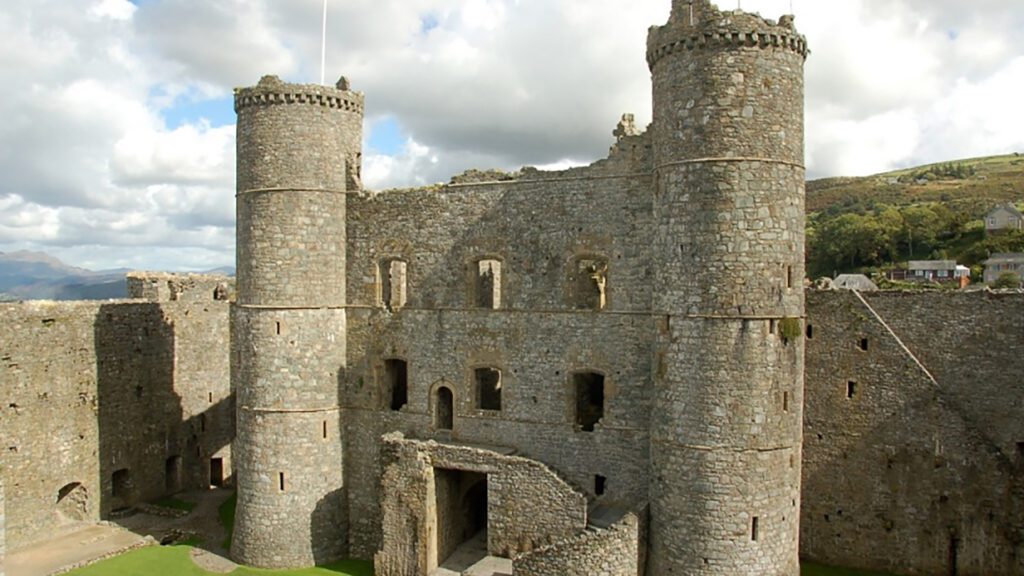
Discover Harlech Castle, a Marvel of Medieval Wales
Before we focus on Harlech Castle, it’s important to note that Wales, like much of the UK, has an impressive collection of incredible, diverse castles spread across the country.
Even a brief run-through of essential sites to see on an archaeology tour of the UK includes:
- Beaumaris Castle
- Caernarfon Castle
- Caerphilly Castle
- Cilgerran Castle
- Conwy Castle
- Criccieth Castle
- Kidwelly Castle
- Llawhaden Castle
- Manorbier Castle
However, we’ve decided to highlight the picturesque, yet highly functional, Harlech Castle.
This fortress was built on the order of Edward I between 1282 and 1289. Standing atop a sheer rocky crag, Harlech Castle overlooks dunes far below and the Irish Sea beyond. As if that wasn’t enough, Snowdonia’s rugged peaks provide the backdrop on the other side.
But Harlech Castle doesn’t just look spectacular. Its position and ‘walls within walls’ design make it a fine example of military architecture too.
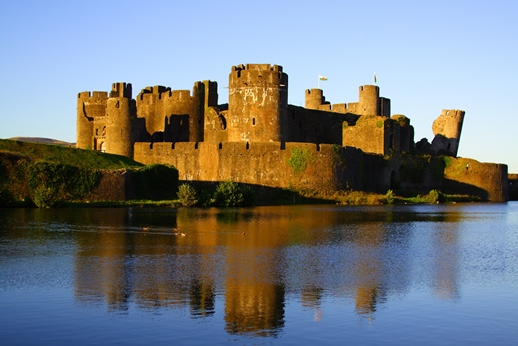
Scholar-Led Archaeology Tours of the UK Show You All the Must-See Sites
Of course, the above is only the briefest of introductions to the many archaeological wonders you can find in the UK. But we hope our selections illustrate the incredible history you can explore in every corner of the British Isles.
At Far Horizons, we provide various archaeology tours of the UK covering multiple areas of interest.
From tours of England’s castles, battlements, and stately homes to Wales and England Roman tours, our scholar-led expeditions offer adventure, education, and camaraderie.
Most importantly, they provide a deeper understanding of the cultures that have helped shape countries and the wider world.
For more information about any of our UK archaeology tours, please contact us.


